Every day, around 275,000 people travel on the Amsterdam metro – a diverse group with varying levels of language proficiency and experience. To help them find their way, the metro system uses carefully designed signage. But does this system work for all passengers, including those who don’t speak Dutch or struggle with reading?
To answer that question, the regional transport authority Vervoerregio Amsterdam (VRA) asked Mijksenaar to investigate. Together with our partners, we conducted user research with people from three key groups: non-Dutch speakers, people with low literacy, and people with a mild intellectual disability. We tested three different types of signs: the current Dutch text-only version, a version with only pictograms, and a version combining Dutch text with pictograms and some English terms.
The results showed that the combination signs worked best: participants accurately performed navigation tasks, felt more confident, and preferred this version overall. At the same time, some warned that too much information on a single sign could lead to clutter, especially in busy metro environments. These insights led to a carefully balanced new design.
The updated signs retain the familiar Dutch terms but now include a limited number of pictograms and two English additions (Exit and Subway). To avoid clutter, each line includes no more than one pictogram, and only for destinations where confusion was most likely, namely exits, metro, and lifts.
By keeping the layout simple and staying within the existing design system, the new signs are both user-friendly and easy to implement. In May 2025, the first signs in the new style were installed at Amstelveenseweg station – a first step towards more inclusive wayfinding in the Amsterdam metro.
Download full article

